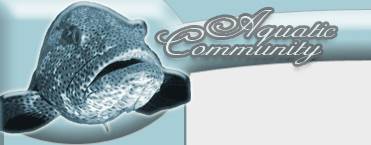Sea turtle
 By: Johan
By: Johan Sea turtle classification
There are currently seven different species of Sea turtle to be found in the oceans of the world. Fossil records show that quite a few other Sea turtle species inhabited the planet millions of years ago, and there are several Sea turtle families that today contain no living species.
The seven contemporary species of Sea turtle belong to six different genera found in two different families. They are members of the superfamily Chelonioidea. The family Cheloniidae contains five of the species, while the family Dermochelyidae is where you find the sixth one.
The five Sea turtle species in the family Cheloniidae are commonly known as Kemp's Ridley sea turtle, Olive Ridley sea turtle, Loggerhead sea turtle, Green sea turtle, Hawksbill sea turtle and Flatback sea turtle. The family Dermochelyidae contains only one genus, Dermochelys, and one single species, the Leatherback Sea Turtle. The Leatherback Sea Turtle is the only sea turtle without any hard shell. This species is instead equipped with bony plates that form a mosaic under the animal’s thick, leathery skin.
Sea turtle – the marine ecosystem
Sea turtles spend most of their life in the ocean, but males venture onto land to lay their eggs on sandy beaches and the newly hatched Sea turtles will begin their life on land. Sea turtles play important roles in both types of ecosystems. If the Sea turtle populations would die out, it would have a serious impact on marine ecosystems as well as on ecosystems centred on the nesting beaches.
One example of how imperative the Sea turtles are for many marine ecosystems is their ability to keep sea grass beds short and healthy by browsing them. Only a very limited number of marine species eat sea grass, such as sea turtle species and the manatee. The Green sea turtle is an especially dedicated sea grass eater. If sea grass beds are not kept short, they become unhealthy. Unhealthy sea grass beds have a ruthless impact on the entire ecosystem, since healthy sea grass beds are required as breeding and nursing grounds for a wide range of marine species, including many types of fish. This will ultimately have an impact on human life as well, since the fish populations might display an exceptional decline. It is always difficult to fully realise how chain reactions in ecosystems will work and what the end result would be if there were no sea turtles around to browse the sea grass beds.
Sea turtle – the beach ecosystem
As mentioned above, Sea turtles also have a direct impact on beach and dune ecosystems since female Sea turtles deposit their eggs in the sand. In many parts of the world, sandy beaches do not receive a lot of nutrients and Sea turtle eggs are therefore essential for the vegetation. Without sufficient amounts of vegetation, the beaches will become prone to erosion. Beaches and dunes receive nutrients from eggs that never hatch as well as from hatchlings that never reach the ocean. Female sea turtles, sea turtle eggs and sea turtle hatchlings also provide a food source for many predators that are attracted to the beaches.
